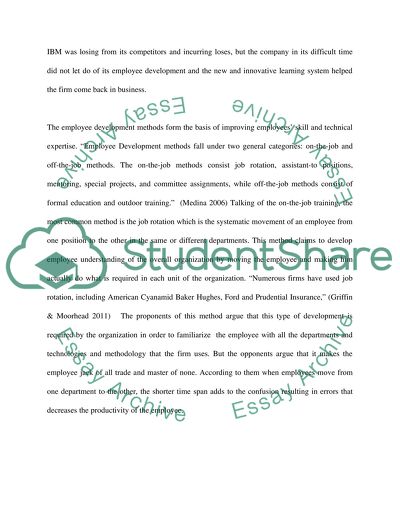Cite this document
(“Evaluate a range of employee development methods and barriers to Essay”, n.d.)
Retrieved from https://studentshare.org/environmental-studies/1418770-evaluate-a-range-of-employee-development-methods
Retrieved from https://studentshare.org/environmental-studies/1418770-evaluate-a-range-of-employee-development-methods
(Evaluate a Range of Employee Development Methods and Barriers to Essay)
https://studentshare.org/environmental-studies/1418770-evaluate-a-range-of-employee-development-methods.
https://studentshare.org/environmental-studies/1418770-evaluate-a-range-of-employee-development-methods.
“Evaluate a Range of Employee Development Methods and Barriers to Essay”, n.d. https://studentshare.org/environmental-studies/1418770-evaluate-a-range-of-employee-development-methods.


